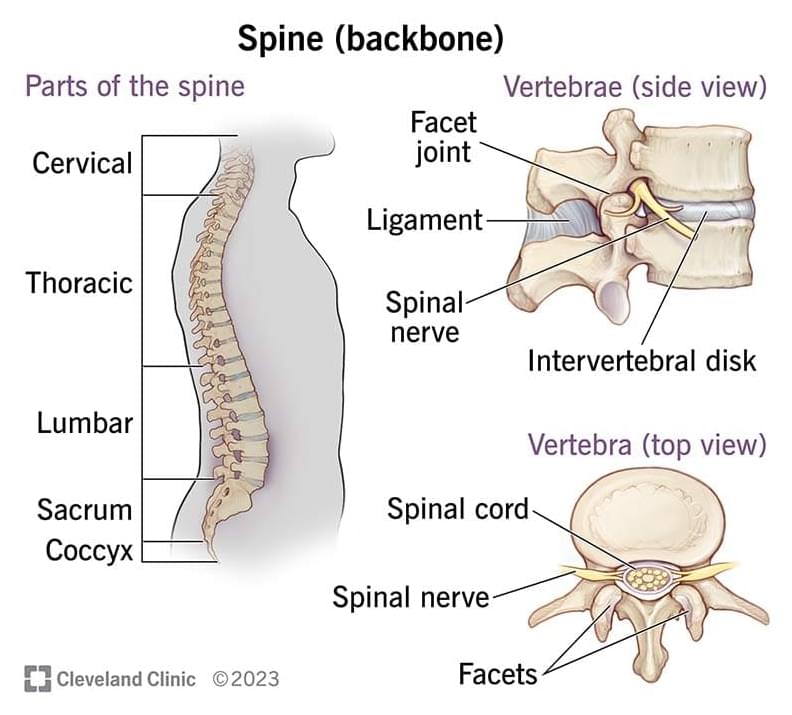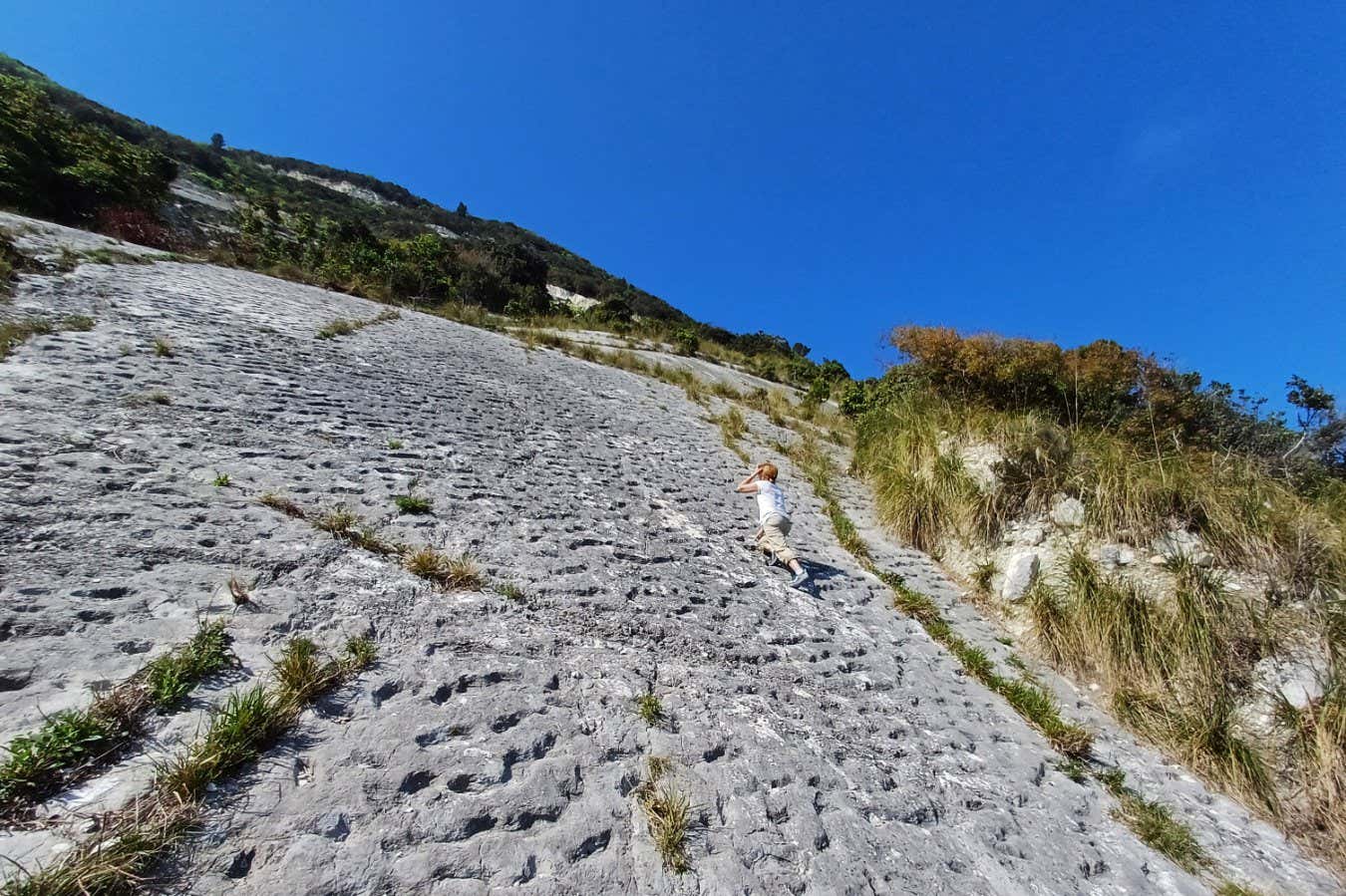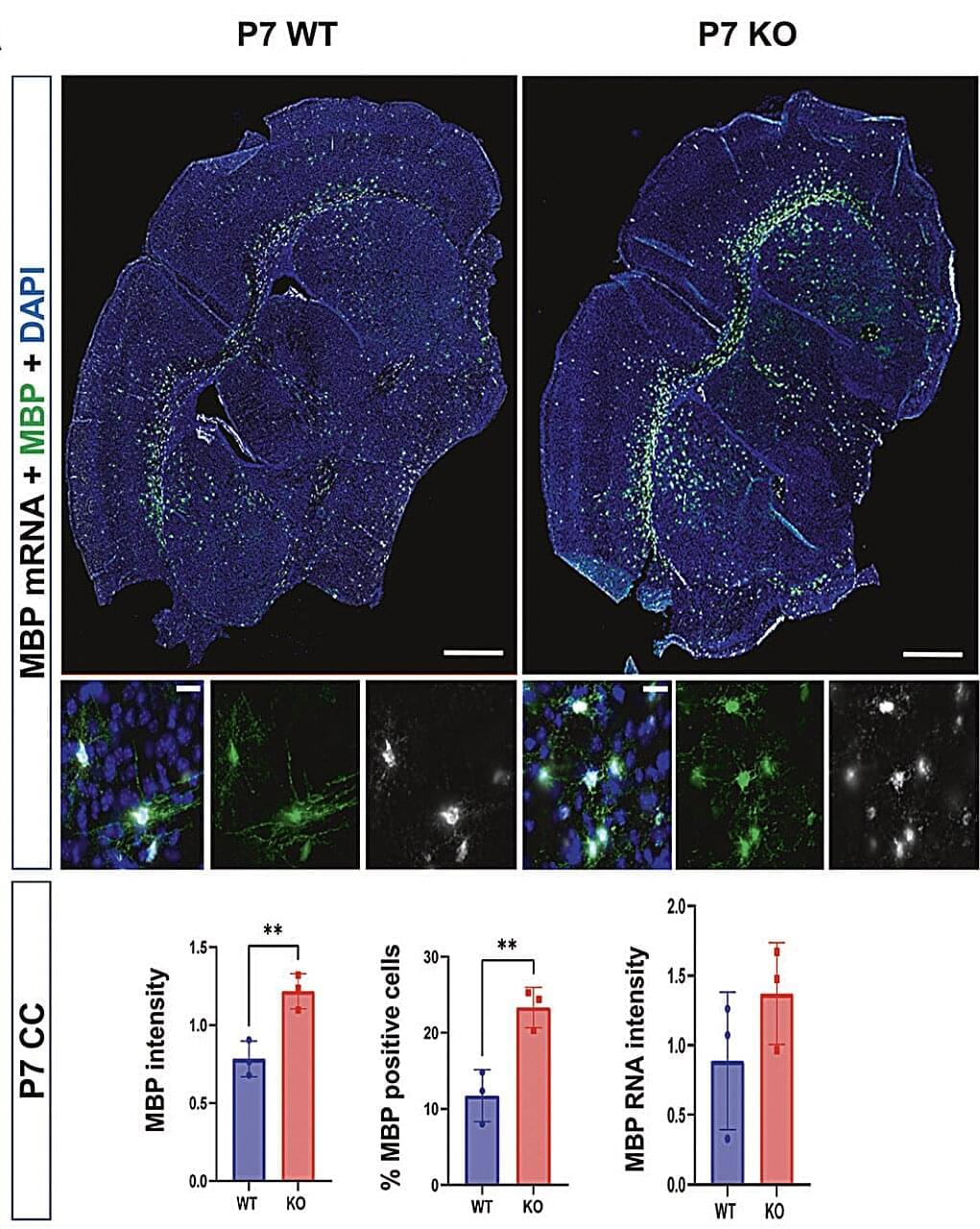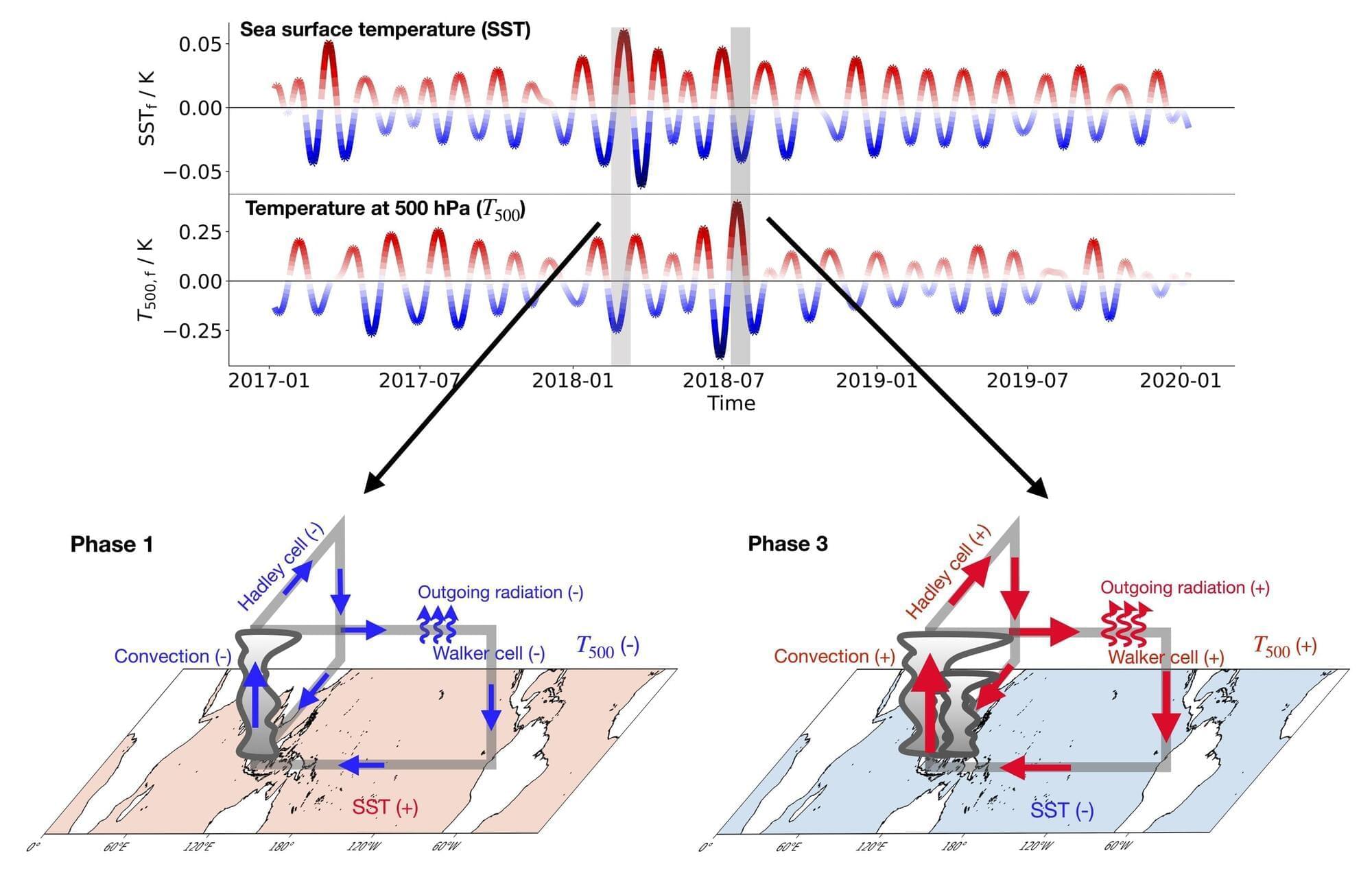Via OPG_BOEx: Clinical translation of photoacoustic imaging using exogenous molecular contrast agents [Invited] https://bit.ly/4occZgi
A team from Rice University examines the current status and future potential of contrast-enhanced PAI in human applications.
In their results, the team proposed neuro-oncology as a novel application, effectively addressing the limitations of intraoperative fluorescence imaging.
Photoacoustic imaging (PAI) combines optical contrast with acoustic detection to enable high-resolution, molecular imaging at clinically relevant depths. This review outlines the current status and future potential of contrast-enhanced PAI in human applications. We begin by discussing regulatory considerations surrounding both imaging devices and exogenous contrast agents, highlighting safety concerns, lack of standardized validation protocols, and barriers to the approval of novel agents. To accelerate clinical adoption, many studies have focused on repurposing FDA-approved agents such as indocyanine green, methylene blue, and clofazimine, which offer favorable optical properties and known safety profiles. We then review clinical applications of contrast-enhanced PAI across organ systems. In lymphatic imaging, PAI enables noninvasive visualization of lymphatic vessels and sentinel lymph nodes. Prostate imaging benefits from improved tumor delineation, and vascular applications leverage PAI to assess oxygen saturation and vascular remodeling. In gastrointestinal and hepatic imaging, PAI supports functional assessment and lesion detection with enhanced contrast. Emerging applications in neuro-oncology demonstrate the potential of PAI for intraoperative guidance and brain tumor imaging. Compared to fluorescence imaging, PAI provides deeper penetration and quantifiable contrast. Studies using both approved and investigational agents, including gold nanorods and targeted dye conjugates, highlight advances in imaging tumor margins. Progress in transcranial PAI and molecular probe design continues to broaden its capabilities. Together, these developments underscore the expanding clinical utility of contrast-enhanced PAI for real-time, functional, and molecular imaging.









